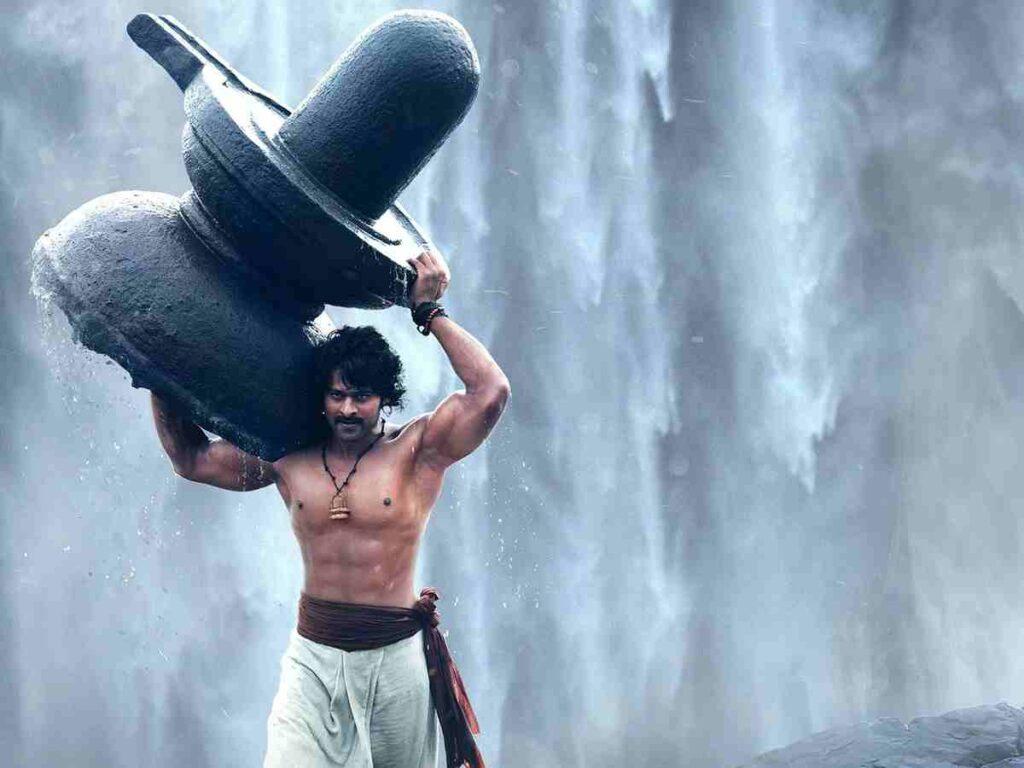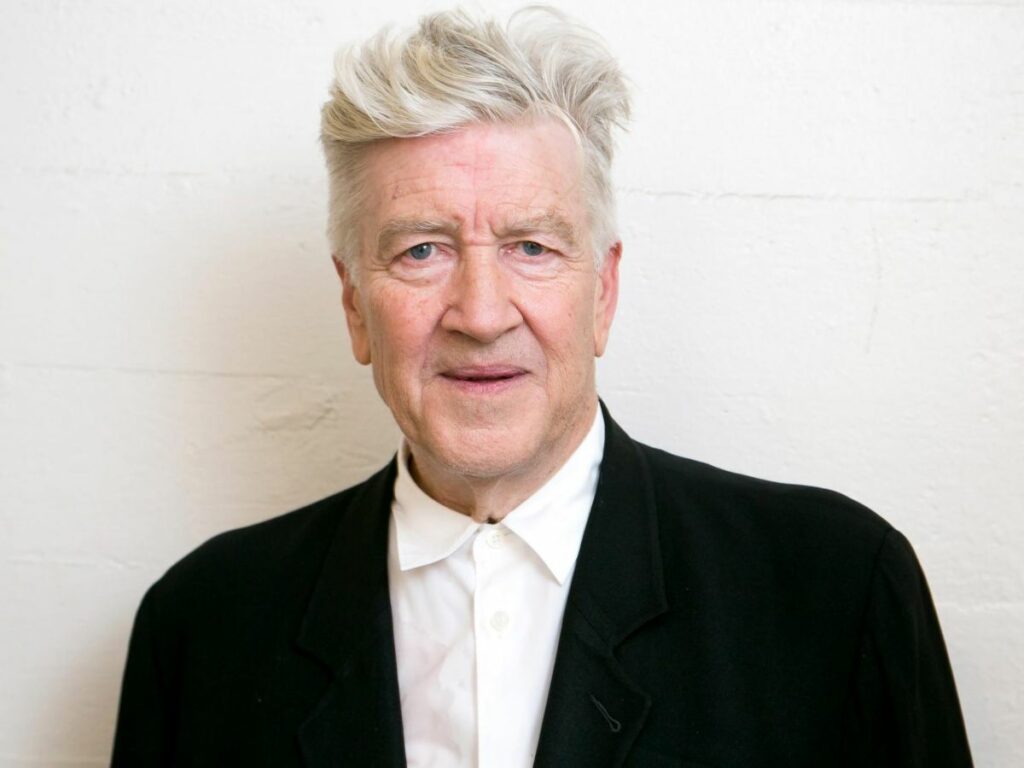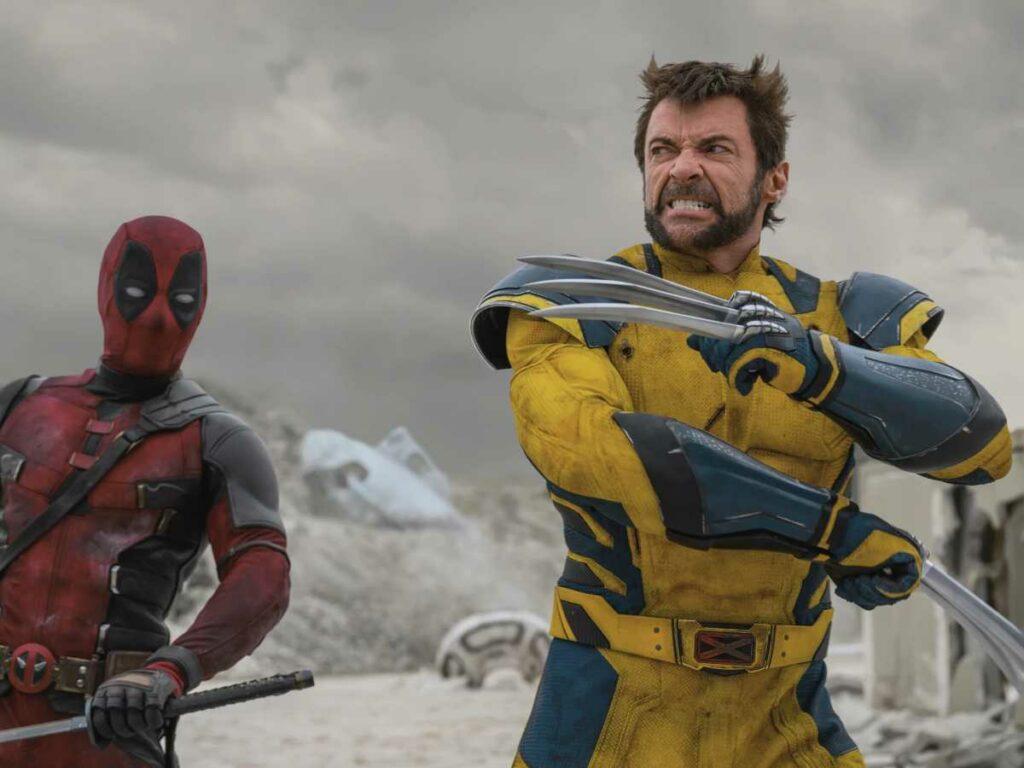“Filmmaking isn’t just about visuals, it’s about storytelling and the emotions that need to be conveyed,” said Senthil Kumar, DoP, Bahubali in a recent interview with Rajeev Masand.
An easy way to assess the visual power of the Bahubali franchise is to watch it without dialogues.
Director S.S. Rajamouli weaves a familiar tale of sibling rivalry with a graphic language of its own, putting Indian cinema in the big league.
Unlike Bollywood’s vainglorious big-budget films, Rajamouli focuses on compelling storytelling.
It’s a pity Bahubali’s box-office records get more attention than its technical finesse.
DOP Senthil Kumar, production designer Sabu Cyril, VFX designer V. Srinivas Mohan and costume designers Rama Rajamouli and Prashanthi Tipirneni worked with Rajamouli for 5 years straight and closed in on the big technology gap between western and Indian cinema.
Although the visuals are often tad much in your face, there’s no denying that the scenes play on a subconscious level of the audience. Here are some of the best visuals Bahubali offers:
1. Shivu carries the shiv lingam

Bahubali is no ordinary man.
But how do you convey it to your audience in a way that feels grand and unbelievable at the same time?
While most South Indian and Bollywood films rely on the tried-and-tested formula of the protagonist beating a hundred odd men at the same time, Rajamouli chose a different route.
The context and the way in which Shivu carries the shivling underline his great qualities.
Your mind instantly believes in the goodness, strength and wit of Bahubali when you see this visual.
No words or action sequence could match up to how Rajamouli establishes his protagonist’s superhuman prowess. Both in terms of physicality and the emotional arc.
2. Katappa kills Bahubali

This will be etched as one of the most shocking and overwhelming moments in the Indian film history.
There are small details that underline the poignancy in the moment.
Katappa’s bowed head, his slight reluctance, the sword crushing through Bahubali melt you instantly.
In the first part, the scene comes across as one of astonishing betrayal.
In the second, it’s more melancholic in nature.
By now, we’re already aware of the deception.
It’s a key point in the film.
And Rajamouli expertly crafts the emotions of the characters without resorting to contrivances.
3. Bhallaladeva taming the bison

Bhallaladeva’s assault on the bison shows the character’s sheer ruthlessness and brutality.
This is in complete contrast to Bahubali’s shivling moment.
There isn’t a moment of hesitation, which confirms how much Bhallaladeva believes in his own destiny and strength to achieve what he wants.
Rana Daggubatti’s heavy build against the big bison is the stuff of folk tales.
And Rajamouli uses visuals to intimidate the audience with his antagonist.
4. Bahubali and Bhallaladeva fight

In this 300-esque action sequence, Bahubali and Bhallaladeva are pitted against each other.
Rajamouli delivers the ultimate cheering moment when Bahubali destroys Bhallaladeva’s chariot. It’s a stunning visual spectacle.
And a slow motion shot of the protagonist and antagonist armed with spears ready to kill the other.
The detailing in the shot is noteworthy; Bahubali on the right, Bhallaladeva on the left, instantly signalling our brain who to root for.
It’s an old-fashioned technique of reaffirming audience’s mind which perceives characters on the right as positive.
It’s a jaw-dropping finale with this moment as the highlight of the fight.
Rajamouli does complete justice to the saga.
5. Queen Sivagami and baby Bahubali’s coronation

This is perhaps the most powerful visual in Bahubali.
Queen Sivagami’s (Ramya Krishnan) powerful personality towers in this moment as she declares Mahendra Bahubali the rightful king of Mahishmati.
The moment reminds you of Lion King (when Rafiki, the monkey, holds high baby Simba).
But Rajamouli turns it several shades darker as the queen makes amends to the injustice she did to Amarendra Bahubali out of ignorance.
Krishnan’s intensity is palpable as Rajamouli brings out all the big guns with lightning and fire in a display that evokes the loudest cheers in a packed theater.
This is Indian cinema at its manipulative best.
But hey, that’s the way we Indians love it!
6. Sivagami’s sacrifice for Bahubali

The image that started this epic saga binds several themes. Fate, sacrifice, loss of innocence and poetic justice.
Queen Sivagami is one of the most poignant female characters in modern Indian cinema.
Her determination couldn’t have been better conveyed by Rajamouli.
As an audience, we obviously know Bahubali is going to survive and return.
But such visuals pull an average script to a whole new level.
Rajamouli borrows liberally from mythology.
Remember Vasudeva carrying baby Krishna across river Yamuna?
Rajamouli blends modern technology with ancient history and creates a strong connect with the audience right at the outset.
It was a solid start to the epic saga and the veteran director only raised the bar hereon.
Have something to share with our readers? Thoughts on a film you saw recently; an obscure piece of film trivia; or a film you just finished watching and can’t seem to get out of your head? Head over to our Submit section for details and shoot us a mail at info@flickside.com.





1 thought on “Bahubali: 6 Scenes That Made Us Fall In Love With The War Epic”